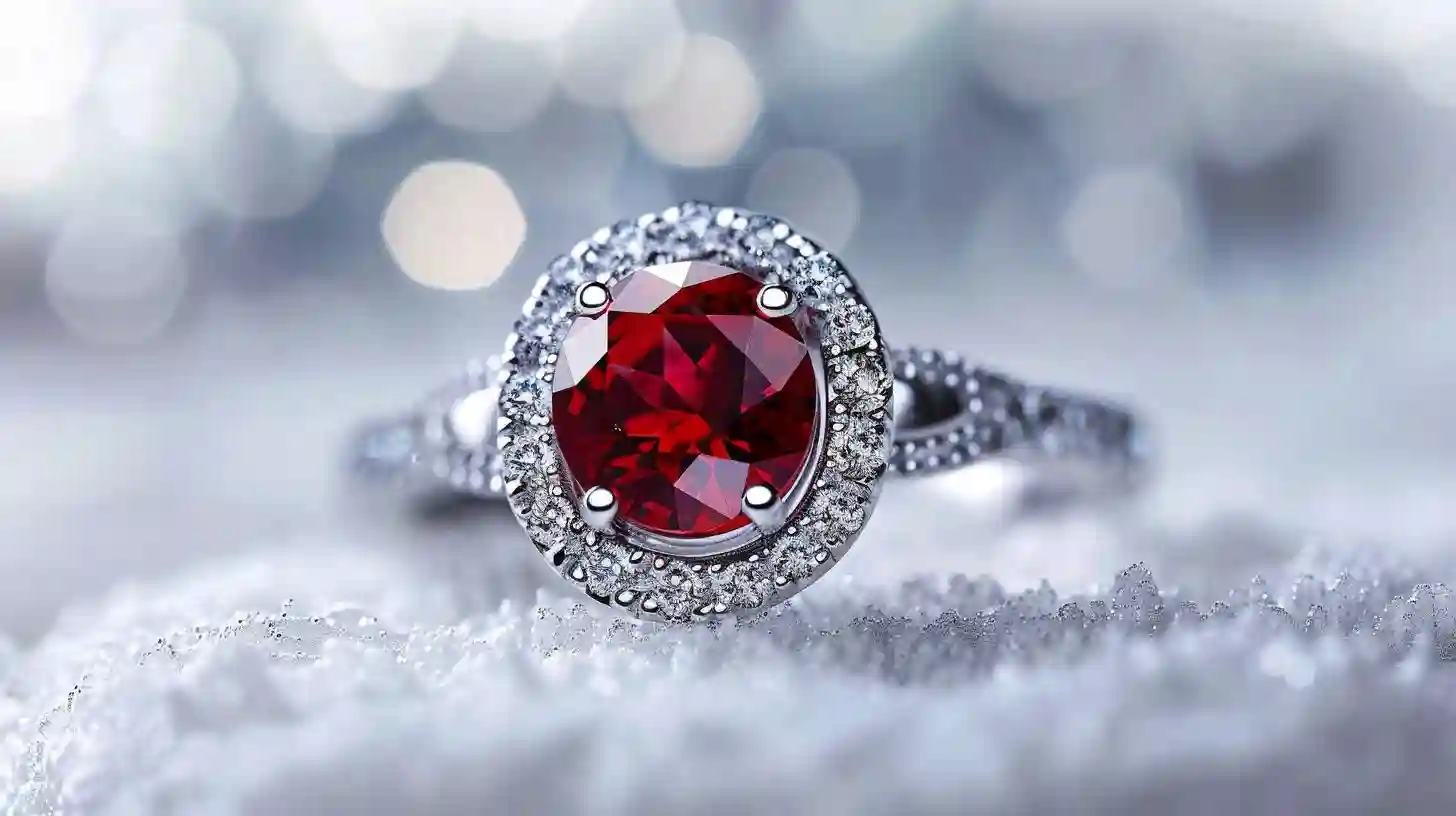
Rubies have captivated human imagination and fascination for centuries. They are revered not only for their magnificent beauty but also for their historical significance, symbolism, and the intricate processes involved in their formation and valuation. This essay delves into the multifaceted world of rubies, exploring their geological origins, cultural legacy, and enduring allure.
Rubies belong to the corundum family of minerals, which also includes sapphires. Both stones are composed of aluminum oxide, but rubies owe their distinct red hue to trace amounts of the element chromium. The quality and shade of the red color can vary significantly, ranging from a light pink to a deep, blood-red tone that is often deemed the most desirable. The intensity and vibrancy of a ruby's red color can significantly impact its value, with the finest examples often referred to as "pigeon blood" rubies due to their rich, vivid coloration.
The geological formation of rubies is a remarkable process that requires a specific combination of elements and environmental conditions. Rubies are typically formed in marble or basalt rocks under intense pressure and heat over millions of years. This geological activity is not common, making high-quality rubies relatively rare. Many of the world's most renowned rubies are found in locations such as Myanmar (formerly Burma), Thailand, Sri Lanka, and Tanzania. Of these, Myanmar's rubies, particularly those from the Mogok region, are often considered the finest, known for their exceptional color and clarity.
Historically, rubies have held profound cultural and symbolic significance across various civilizations. Ancient Hindus revered rubies as the “king of precious stones” and believed that offering a fine ruby to the gods could grant one rebirth as an emperor. In Burma, warriors wore rubies to make themselves invincible in battle. Medieval Europeans thought of rubies as a talisman that could ward off misfortune and increase bodily strength. This reverence and esteem for rubies transcended borders, making them coveted treasures in royal collections and among the elite across different cultures and epochs.
In addition to their historical and cultural importance, rubies are also mined and traded within a complex, highly specialized industry. The mining process itself can be arduous and labor-intensive. Traditional methods often involve hand digging and washing, methods that have evolved little over centuries. Modern techniques, however, include mechanized mining and sophisticated geological surveys to locate buried deposits. After extraction, the rough stones are evaluated and undergo a series of processes, including cutting, shaping, and polishing, all of which require immense skill and precision to bring out the stone's best qualities.
The valuation of rubies is an intricate process that takes into account several factors, chief among them being color, clarity, cut, and carat weight. Color is paramount and the most significant determinant of a ruby's value. The most prized rubies exhibit a pure, vibrant red hue with no overtone of brown or blue and can command astronomical prices. Clarity, or the presence of inclusions within the stone, also plays an important role. While inclusions are common in rubies and do not necessarily detract from their value, a ruby with fewer visible inclusions is generally more desirable. The cut of the ruby affects its overall brilliance and can accentuate its color and clarity. Finally, the carat weight or size of the ruby can greatly influence its price, although a smaller ruby of exceptional quality may be more valuable than a larger, lower-quality stone.
Beyond their aesthetic appeal, rubies have also been associated with various metaphysical properties and beliefs. Many cultures believe that rubies possess an intrinsic energy that can enhance the wearer's vitality, courage, and passion. They are often linked to the heart, not only in their color but also in their supposed ability to open one's heart to love and compassion. In the realm of astrology, rubies are connected with the sun and are believed to bestow fortune and protection upon those born under this celestial body's influence.
Despite their many positive associations, the ruby industry is not without its challenges and ethical concerns. Issues such as mining conditions, environmental impact, and the fair treatment of workers have come to the forefront in discussions about gemstone ethics. Conflict rubies, much like conflict diamonds, have tainted the industry's reputation, underscoring the need for transparent supply chains and ethical sourcing practices. Organizations and certifications like the Kimberley Process for diamonds are steps toward addressing these problems, but the journey toward a fully ethical gemstone industry is ongoing.
In recent times, scientific advancements have facilitated the creation of synthetic rubies, which are laboratory-grown but possess the same physical and chemical properties as natural rubies. These synthetics offer a more affordable alternative to natural rubies and have their own market niche. However, for many collectors and connoisseurs, the allure of a naturally formed ruby, with its unique history and characteristics, remains unmatched.
Rubies are not just captivating gemstones; they are symbols of human history, culture, and the earth's geological marvels. From their formation deep within the earth to their prominent place in royal crowns and modern jewelry, rubies continue to fascinate and enchant us. They embody a rich tapestry of natural beauty, historical resonance, and cultural lore, making them timeless treasures in the truest sense. As we continue to explore and understand the complexities of these magnificent stones, our appreciation for them only deepens, reinforcing their status as one of the world's most cherished and revered gemstones.